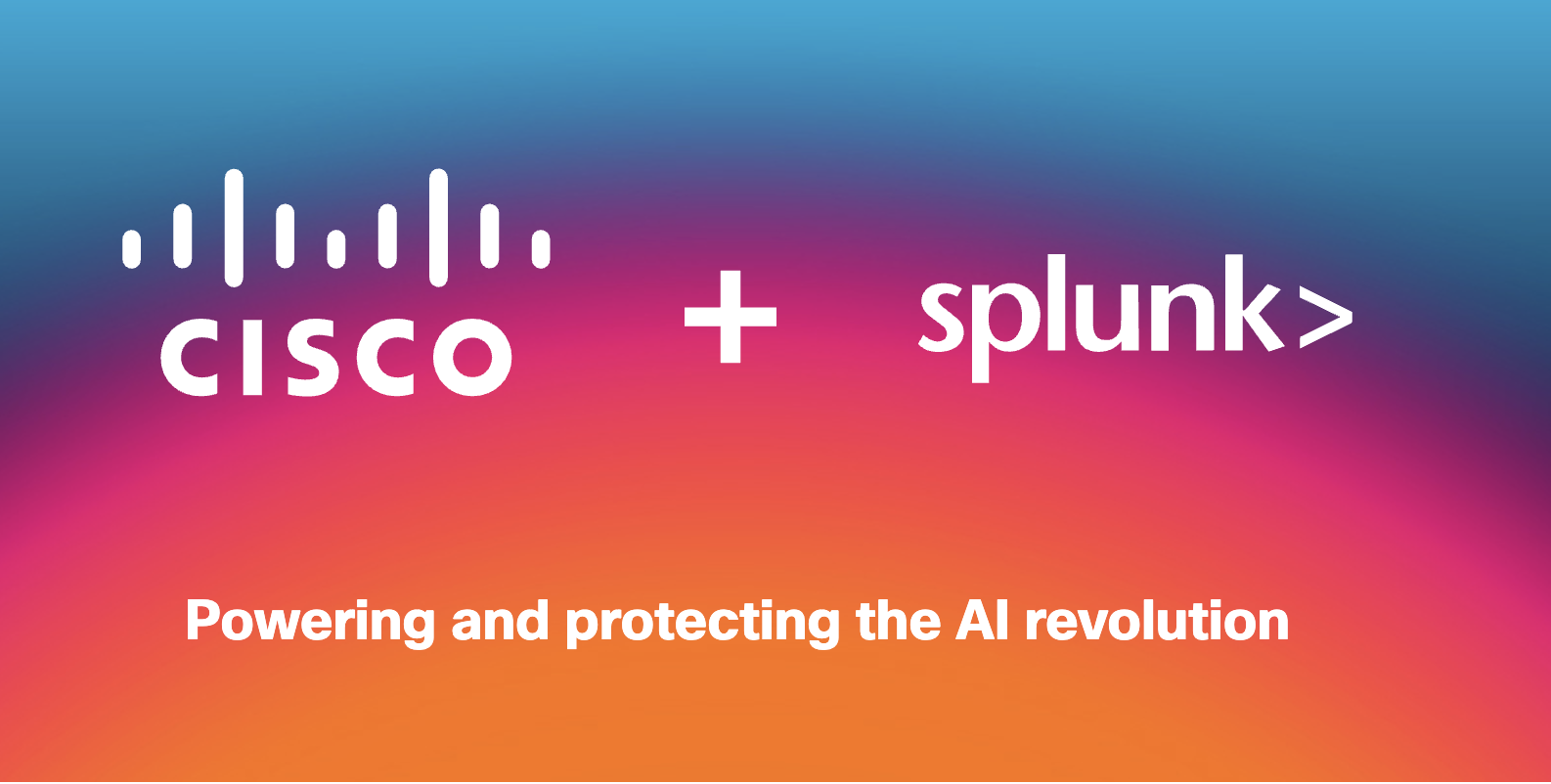Background
Observability and application monitoring allows an IT organization to monitor and understand the behavior of its IT infrastructure. Observability is an essential aspect of the continuous delivery and management of software applications, allowing us to keep track of the performance, behavior, and health of applications, services, and infrastructure in real time. It also allows an enterprise to truly understand and optimize its cloud usage, something that’s top of mind for almost every enterprise. Observability can also be a gateway to much more.
Dynatrace, Inc., founded nearly eighteen years ago, has been in the observability game longer than almost all its closest competitors. The company has grown its business into one that generates almost $1.2B of annual recurring revenue. Its most recent quarterly earnings demonstrated both ARR growth and revenue growth of 29% year-over-year. That’s strong execution in the current austerity-driven IT spending climate.
The company isn’t sitting still. Last week at its annual Dynatrace Perform conference, Dynatrace expanded its vision of observability to include truly predictive intelligence. New causal AI features in its offerings enable an unprecedented level of insight for IT administrators. It’s this new capability that, coupled with new application automation features, most caught my attention.
The Dynatrace Platform
Observability is hard. In a complex environment, observability tools must collect and consolidate data from multiple data sources at an often-massive scale. In addition, the tools must automatically and continuously detect when something in the infrastructure changes, prompting the administrator into corrective action.
Dynatrace calls its observability solution an “intelligence platform.” That’s an appropriate shorthand for a platform providing the range of services that Dynatrace does. For example, Dynatrace’s platform offers real-time application performance monitoring, root cause analysis, and automated problem resolution capabilities. It also provides insights into application behavior and user experience and helps businesses to identify and resolve performance issues before they become significant problems.
The core elements of the Dynatrace platform include capabilities for dynamic topology mapping, data lakehouse and analytics, AI for automation and predictive analytics, and application runtime and automation technologies. Dynatrace Smartscape provides topology mapping, while Grail is Dynatrace’s massively parallel data lakehouse. Davis AI is the Dynatrace AI engine. Finally, AppEngine and the newly announced AutomationEngine take care of application runtime, automation, and security.

News: Davis Causal AI
Any observability solution will generate noise that can lead to false alerts unless given proper context behind the data it collects. For example, unrelated patterns may occur coincidently, tricking a basic AI into generating a false alarm. This can distract your IT team and cause staff to ignore the alerts. Worse still, if these alerts are tied to automated operations, a problem could be created where none existed.
Dynatrace’s new Davis causal AI is designed to solve this problem. Bob Wambach, vice president of product marketing at Dynatrace, told me that causal AI now provides the context for the data collected by Dynatrace’s platform. This allows Dynatrace to determine if patterns or coincident items are related based on Grail’s analysis of dependency graphs.
The new Davis causal AI capabilities increase Dynatrace’s ability to intelligently assist an IT organization in making data-driven decisions about its infrastructure. This allows IT teams to focus less on the infrastructure and more on advancing its digital transformation agenda. It’s also a strong competitive differentiator for Dynatrace.
Application Automation
The time of the automated data center is close at hand, with nearly every organization investing in AIOps technologies. Intelligent automation naturally follows robust application monitoring capabilities, so it shouldn’t be a surprise to see Dynatrace enter this space with its newly announced AutomationEngine.
AutomationEngine is a new Dynatrace platform technology that provides answer-driven automation for BizDevSecOps workflows. Relying on insights delivered by the new Davis causal AI, AutomationEngine allows IT teams to leverage all its observability and security data to automate deployment tasks.
AutomationEngine enables an intelligent application infrastructure. The intuitive user interface and no-code/low-code toolset, coupled with a comprehensive set of predefined actions, make it easy for an IT administrator to deploy automation where its most needed rapidly.
AutomationEngine, coupled with Dynatrace’s newly announced AppEngine, will undoubtedly help IT organizations operate clouds more efficiently, innovate faster, and deliver better results to the business. I’m excited to see how IT teams will leverage the new features.
Competitive Differentiators
The observability and application performance monitoring market is crowded, with solutions available from nearly two dozen providers. Dynatrace’s two closest competitors are Datadog and New Relic, with offerings from companies like Honeycomb, Splunk, and others also making an impact.
Dynatrace’s differentiation and competitive strength is directly tied to its Grail data lake, where the data Dynatrace collects is coalesced and mapped. Grail is foundational to the Dynatrace platform. It’s also what enables Dynatrace’s new Davis causal AI capabilities.
Dynatrace takes a different approach from its competitors with Grail. Most observability and APM solutions either maintain data in separate silos without context or attempt to “de-silo” through manual tagging and time-based correlation. However, siloed data can lead to intrinsic inefficiencies, both in the operation of the monitoring platform and in IT organizations attempting to make sense of that data.
Analysis
IT organizations are data-driven. Full observability and application performance monitoring capabilities are core to understanding and making decisions about an enterprise’s hybrid-cloud architecture. This leads directly to operational efficiencies. It can also lead to more intelligent use of expensive cloud resources.
Dynatrace announced more than just causal AI and its new AutomationEngine at its Perform event. The company also announced a strategic technology alliance with Snyk to enhance DevSecOps, a Carbon Impact application to help IT organizations understand the carbon footprint of its infrastructure, new data types for Grail, an updated overall user experience, and its new AppEngine for building data-driven applications.
Dynatrace is positioned in the top tier of observability and APM solutions, not because of its extensive legacy in this space but because it can deliver operational insights that most competitors simply can’t. Dynatrace’s Grail data lake architecture is foundational to its capabilities, but it’s far from the only differentiator.
These new capabilities, coupled with Dynatrace’s already-impressive feature set, make Dynatrace central to the emerging world of AIOps-driven intelligent infrastructure. The new causal AI, intelligent application creation, and automation allow IT organizations to focus on delivering business value with less time spent on fixing infrastructure issues. That’s a compelling story.




